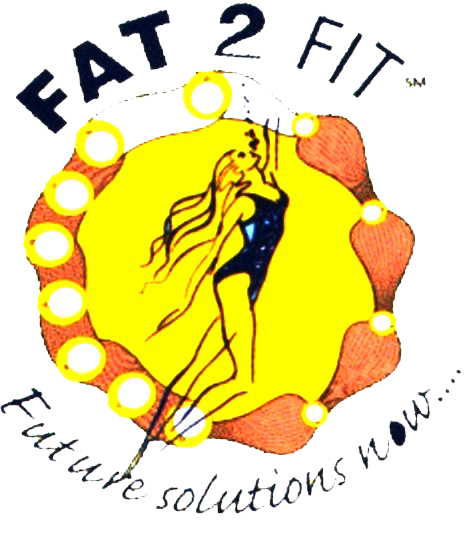YES – There are numerous clinical trials, eg. (A) Study 1, (B) Study 2, (C) Study 3 and (D) Study 4
Study 1
The first human study appeared in 2009 when Coleman et al. reported results after this technique. He had been applied this technique to love handles in a single session to ten patients, each patient being their own control. A session takes less than an hour and does not require anesthesia. With a single treatment subjects had a 20% reduction after two months and 25% reduction at six months in the fat layer as assessed by ultrasound.
Study 2
Based on early experiments conducted by scientists Dieter Manstein, MD, PhD and R. Rox Anderson, MD, of the Wellman Center of Photo medicine at Massachusetts General Hospital in Boston, a teaching affiliate of Harvard Medical School, cryogenic lipolysis was invented.
Study 3
The multi-center, prospective, non-randomized, IRB-approved study was led by distinguished experts Jeffrey Dover, MD, Director of Skin Care Physicians in Chestnut Hill, MA, and Elizabeth Tanzi, MD, codirector of the Washington Institute of Dermatologic Laser Surgery in Washington, DC.
Study results corroborated earlier research showing that precisely controlled cooling with a cooling device causes a gradual reduction of targeted fat cells through induced apoptosis without harmingsurrounding tissues.
In this interim report of the initial group of treated subjects, clinical results, photographic evaluation and physician assessment demonstrated that:
1) 100% of a subset of ultrasound-evaluated subjects demonstrated a measurable reduction; the average for the group was 22.4% fat layer reduction 4 months post-procedure.
2) 27 of 28 (96%) properly selected subjects (discrete fat bulges) had discernable efficacy.
Study 4
A literature review by Matthew Avram, MD, of the Dermatology Laser & Cosmetic Center at Massachusetts General Hospital, detailed the concept of Cryogenic lipolysis as well as the animal and human clinical study results which showed that:
• Cryogenic lipolysis has demonstrated efficacy in both human and animal studies.
• Histology findings confirmed the selective reduction of fat in both humans and animals, with evidence of a gradual thinning of the fat layer over a period of two to four months.
• Cryogenic lipolysis has not produced any significant adverse side effects in studies to date and any noted effects have been minor and temporary.
MORE THAN 20 PEER-REVIEWED ABSTRACTS AND PAPERS PUBLISHED
SEARCH WORLDWIDE FOR CRYOGENIC LIPOLYSIS FOR MORE STUDIES & RESULTS.

